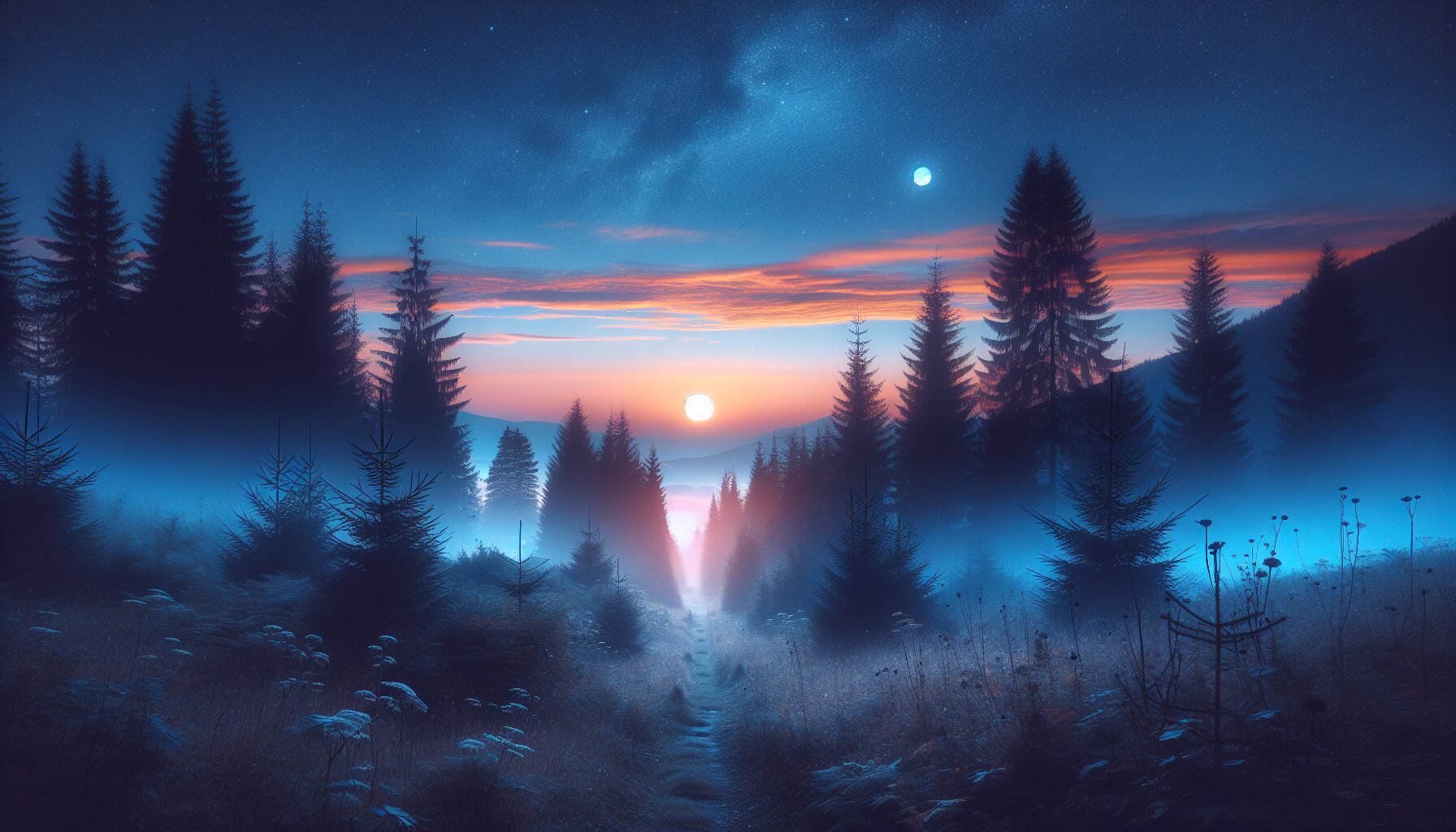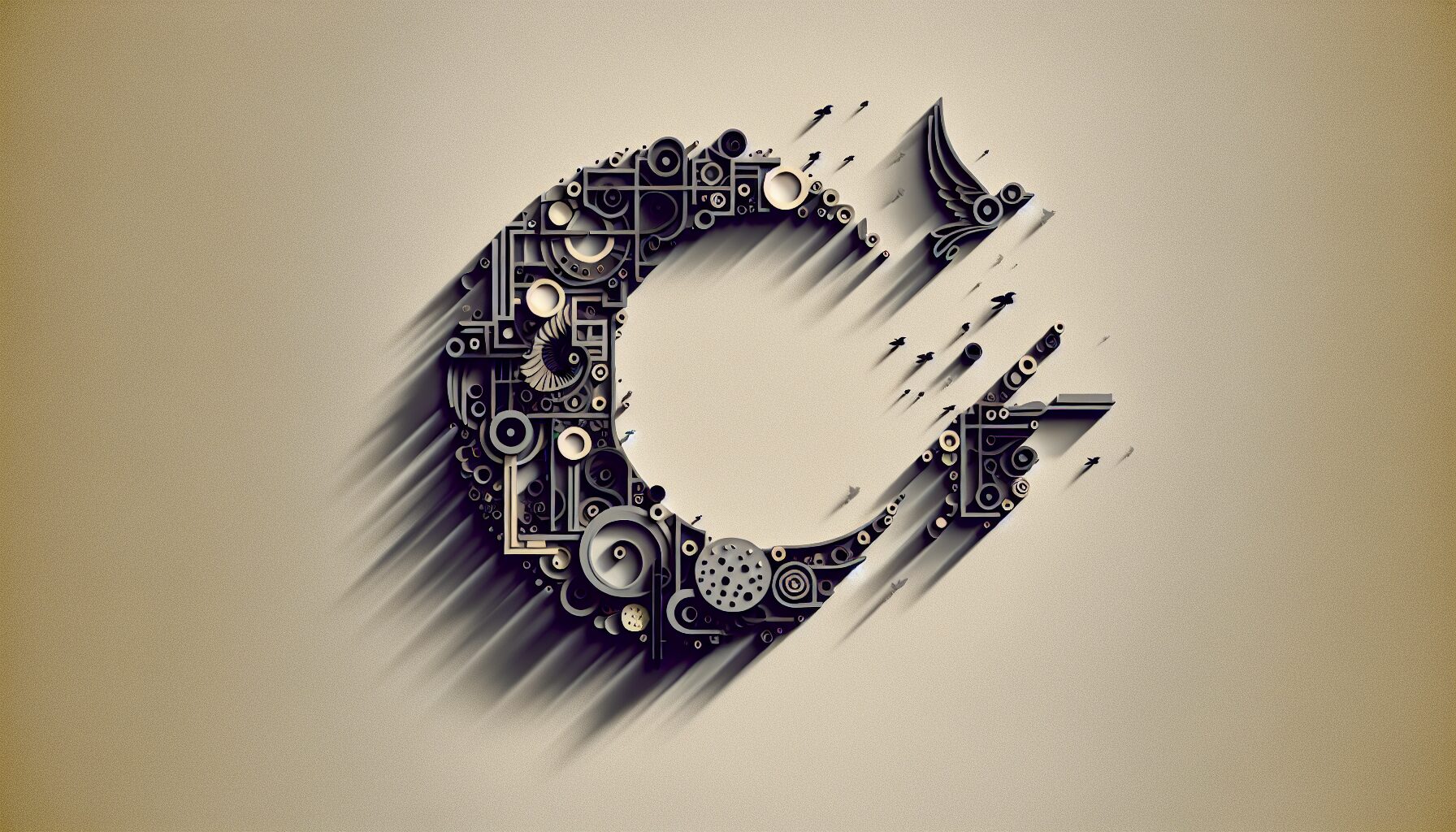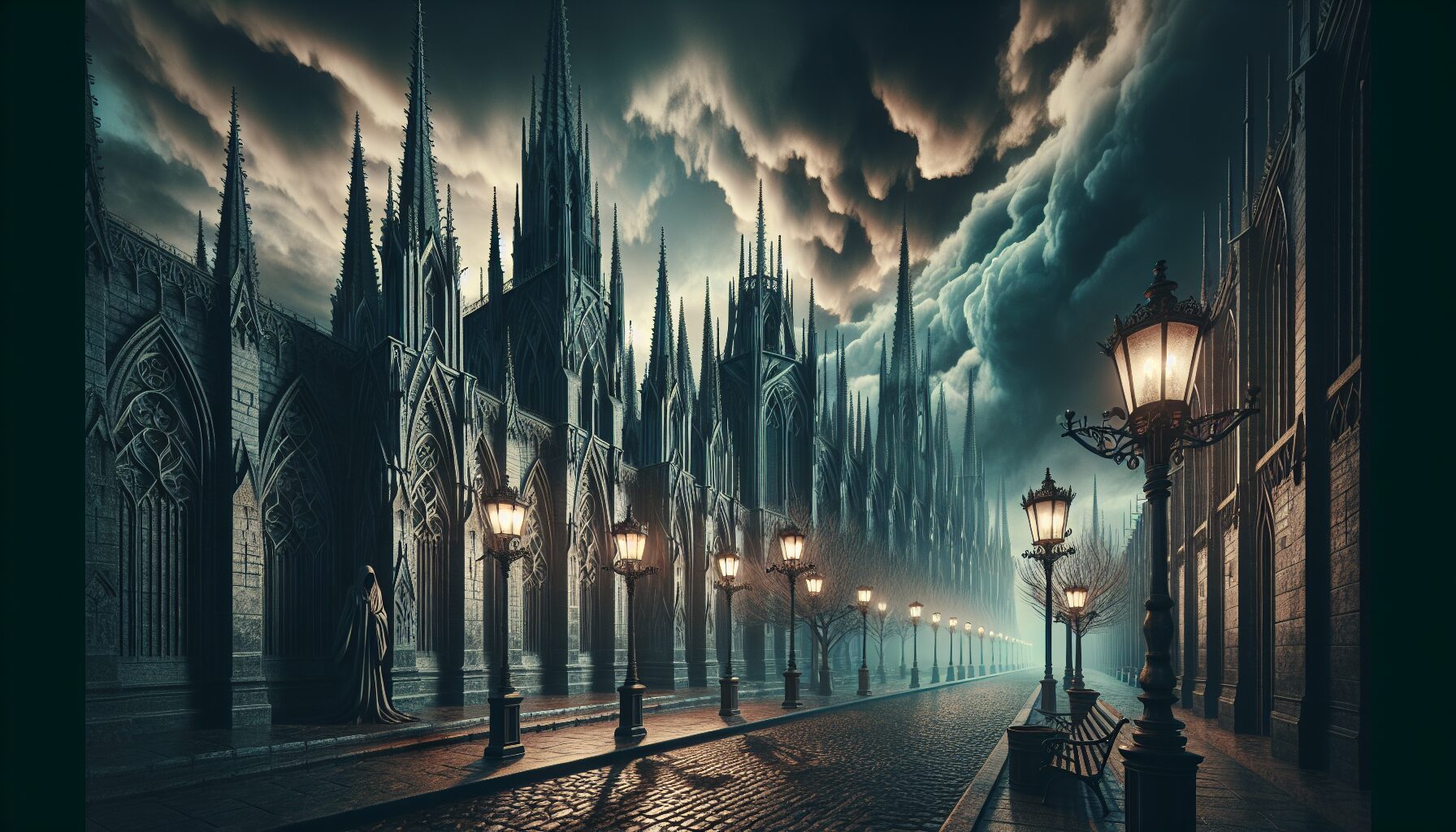The allure of twilight aesthetics lies in its ability to capture the fleeting beauty of dusk and the enchantment found in darkness. Dominated by shadowy blues, soft purples, and muted grays, the twilight aesthetic creates a world that is both inviting and mysterious.
At the heart of this aesthetic is its transient nature. Twilight signifies a time when day shifts into night, a metaphor for transformation and reflection. As Virginia Woolf beautifully articulated, “The dusk runs swiftly in the vale… like the other moment, returns again no more.” This captures the essence of twilight as a time that is as elusive as it is profound.
Elements of Twilight Aesthetics
- Color Palette: The color palette of twilight aesthetics includes indigo, violet, deep blues, and soft pinks. These colors evoke feelings of calm and introspection.
- Natural Elements: Images of the sky during the golden hour, silhouetted trees, and shimmering water surfaces are a staple in twilight visuals.
- Lighting: Dim lighting that mimics the gentle illumination of dusk adds a mysterious charm. Candlelight and fairy lights can recreate the look and feel of twilight indoors.
Impact on Popular Culture
This aesthetic has seeped into various facets of popular culture. It can be seen in everything from fashion and photography to home decor and film.
“Twilight is a time of pause when nature changes her guard. The sun’s angle softens the edges of the earth; the atmospheric dusts that obscure the paths of the upper air become visible. Twilight brings the first stars into view.” – The New York Times
The twilight aesthetic often finds its way into the world of fashion. Flowy fabrics, moody florals, and starry embellishments epitomize the ethereal essence of this style. Designers frequently draw inspiration from the delicate interplay of light and shadow, crafting pieces that evoke the serenity of dusk.

Symbolism and Emotional Resonance
Symbolically, twilight is associated with mystery, endings, and new beginnings. It’s a visual representation of transition, much like an emotional bridge between wakefulness and sleep, rationality and dreams. As The Guardian suggests, “twilight offers a space to escape into the beauty of the unknown” (source available here).
Ultimately, twilight aesthetics invite us to pause, to breathe, and to find comfort in the ephemeral beauty of life’s transitions. As we witness the day bidding farewell, we are reminded of the serene beauty that temporality offers—a beauty that the twilight aesthetic masterfully encapsulates.


